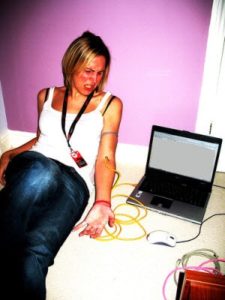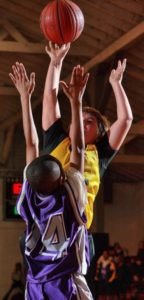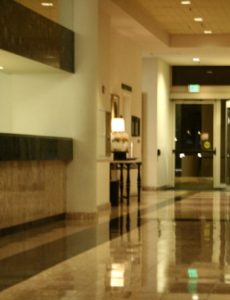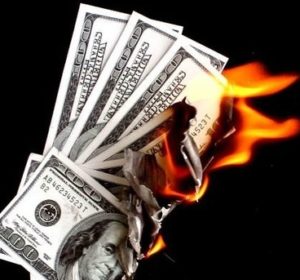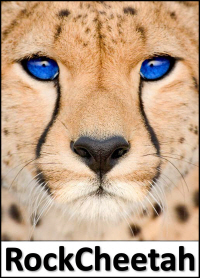The US hotel industry has reached a crossroads. After seven years of continual growth following its worst year since the great depression, US hotel industry performance should expect to plateau in 2017. It’s tough love time for an industry that continues to consolidate, but remains too timid to prune brand portfolios that confuse customers and commoditize lodging product through undifferentiated brand bloat. Plus, competing against rapidly growing, favorably perceived global organizations like Airbnb that structurally trade in unique, highly personalized experiences, does not result from inaction.
Getting Rev’ved Up About Hotel Rate Parity
WIth the United Kingdom Office of Fair Trading deciding that hotel rate parity (resale price maintenance) policies must be abolished, the global travel industry must now prepare for a seismic shift in the balance of power between online travel agencies (OTAs), hotel brands and individual hotel properties. It’s a shame that British regulators got it completely wrong.
Hotel Pricing Chaos
It’s traveler versus hotel revenue manager when it comes to finding the lowest hotel rate. Comparison shopping is unfortunately still essential as the chaos of managing multiple distribution channels sometimes get the best of the hotels. Deals my pop up in unlikely spots, disappear completely from the most obvious places and create deals that may not be as attractive as presented. This example is for The Mauna Lani Bay Hotel on Hawaii’s Big Island. At least they don’t charge resort fees…
Travel Gamification – How to Save Money Booking Hotels
Consumers wanting to save money booking hotels need to learn how to play the game. The best way to save money on hotel bookings is to use a simple process that includes searching Hotwire and Priceline before aggressively rebidding on Priceline exploiting a major rebidding loophole. It seems the hotel industry itself is an active participant in the game and somewhat unintentionally provides the reward and positive reinforcement that incent consumers to abandon hotel brands and seek the best deals in a commoditized purchase process.
Five Year US Hotel Occupancy – Average Rate – RevPAR Comparison
The US hotel industry is recovering but still has considerable territory to cover before regaining the profitability seen in 2007 & 2008. To offer a more complete picture of the US hotel industry as a whole over the past five years, below are full year-over-year comparisons of the three bellwether metrics for the global hotel industry: Occupancy Percentage (Occ), Average Daily Rate (ADR) and Revenue Per Available Room (RevPAR.) Additionally, a linear presentation of the same data is provided to more clearly illustrate the trends over time. Finally, the peaks and valleys for each metric are provided. This information clearly depicts the US hotel industry as showing marginal improvement over the depths of the recession in 2009, but far from nearing the heady performance of 2007 & 2008.
What’s Wrong With the US Hotel Industry Recovery?
While the US hotel industry recovery is being highlighted by occupancy growth relative to 2009, considerable ground remains to be covered to attain the occupancy, pricing and profitability levels of 2007 & 2008. At the present time, the hotel business is hovering around 2006 levels. The combined effect of the economic downturn, increased share of online travel agencies and the related merchant model, plus a reduction in US government per diem rates will continue to create challenges for industry rate increases moving into 2011.
Travel Industry Site Traffic Rebound – Not a Hotel Slam Dunk
Compete produced an analysis that indicates traffic to hotel brand and Online Travel Agency hotel specific web pages have increased faster than airline and car rental sectors, indicating a faster path to recovery. Unfortunately, the increase in site traffic has not translated to improved hotel performance as hotels continue to deeply discounting their product to shift market share from competitors. As the hotels fight to support occupancy and average rate, share of leisure travel bookings is shifting away from hotel brand sites to the OTAs.
With the steepest drop in US hotel net operating income on record and non-performing Commercial Backed Mortgage Securities hotel loans hovering close to 15%, the US hotel industry appears to be preparing for a difficult stretch that will continue to provide travelers with excellent hotel values, but test the patience and wallets of hotel owners.
US Hotel Performance – Time for a Baseline Reset?
US hotel industry performance has not yet shown signs of recovery. Declines in all key industry metrics – occupancy percentage, average daily rate (ADR) and revenue per available room (RevPAR) continue to decline in 2009 when compared to comparable periods in 2008. Smith Travel Research (STR), PriceWaterhouseCoopers(PWC) and PKF International (PKF) all forecast that ADR and RevPAR will continue to decline in 2010. Reviewing peak period weekly performance statistics, it appears that the US hotel industry needs to prepare for “A New Normal” with lower corporate and group business and value oriented leisure travelers when supply and demand reach equilibrium.
US Hotel Industry Recession Enters New Rate Erosion Phase
The United States hotel industry is experiencing an unprecedented downturn. All hotel industry performance metrics, Average Daily Rate, Occupancy Percentage, and Revenue per Available Room have all trended downward over the past year. At the end of June, based on reporting from Smith Travel Research, national average room rates began to drop at a more rapid pace than occupancy percentages, marking the start of a new phase in the recession. The deeper discounting that has begun is on top of rate cuts that have already return average room rates to 2006 levels.





